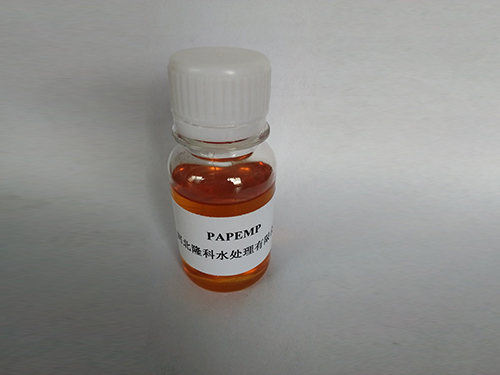Chloroisothiazolinone
Chloroisothiazolinone An Overview of Its Uses and Safety Concerns
Chloroisothiazolinone (CIT) is a synthetic compound widely recognized for its efficacy as a biocide and preservative in various industrial and consumer applications. As a member of the isothiazolinone family, CIT is particularly valued for its ability to inhibit microbial growth, making it a popular choice in formulations for personal care products, paints, and industrial fluids. Its efficacy, however, is often tempered by concerns regarding safety and potential allergic reactions.
Chloroisothiazolinone An Overview of Its Uses and Safety Concerns
Despite its widespread use, chloroisothiazolinone has garnered scrutiny due to its potential to cause skin sensitization and allergic reactions. Reports of contact dermatitis related to CIT have led to increased regulatory oversight in several regions. The Cosmetic Ingredient Review (CIR) and other governing bodies have conducted assessments to evaluate the safety of CIT in personal care products. Some regulations have tightened the allowable concentration levels to mitigate risks, ensuring consumer safety while still permitting the compound’s use due to its effectiveness.
chloro isothiazolinone

The challenges associated with CIT have sparked a broader conversation regarding the safety of preservatives in personal care products. Some consumers are turning to alternative products labeled as “free from preservatives” or “natural,” seeking safer options. This shift has prompted manufacturers to explore alternative preservation systems that do not rely on synthetic preservatives like CIT. While some natural preservatives exhibit antimicrobial properties, they may not always offer the same efficacy or stability that synthetic compounds provide.
Moreover, regulatory agencies continue to evaluate the long-term effects of CIT exposure. Ongoing research aims to clarify the risk factors associated with its use, particularly in vulnerable populations such as children and allergic individuals. As consumer awareness grows, greater demand for transparency in product labeling is emerging, pushing brands to disclose ingredient safety and sourcing.
In conclusion, chloroisothiazolinone remains a prevalent and effective biocide in various applications, particularly in personal care products and industrial settings. However, its potential to cause allergic reactions and skin sensitization necessitates careful consideration and responsible use. The ongoing dialogue between consumers, manufacturers, and regulatory bodies will be essential in balancing the benefits of CIT with the safety concerns that affect a significant subset of the population. As the industry evolves, it will be vital to prioritize both product efficacy and consumer health in future formulations.
-
Water Treatment with Flocculant Water TreatmentNewsJun.12,2025
-
Polymaleic AnhydrideNewsJun.12,2025
-
Polyaspartic AcidNewsJun.12,2025
-
Enhance Industrial Processes with IsothiazolinonesNewsJun.12,2025
-
Enhance Industrial Processes with PBTCA SolutionsNewsJun.12,2025
-
Dodecyldimethylbenzylammonium Chloride SolutionsNewsJun.12,2025





